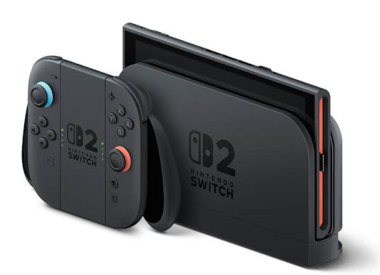Crush Your Enemies is a pretty easy game to understand. The instructions are in the title. You are the leader of a barbarian horde and must pillage and plunder your way across the map, standing up to fops and bandits and other over-the-top Ren Fair stereotypes on a quest to, uh, well... the journey is what’s fun, OK? Crush Your Enemies has a ludicrous amount of self-awareness. and its steep learning curve is offset by some pretty great humor that keeps you engaged battle after battle. It’s a fast-paced strategy game, more in line with the Sega Genesis classic General Chaos than it is with Age of Empires or Starcraft . In short, it’s exactly the kind of game you’d want if you’re a strategy nerd who is short on patience and even shorter on time.
I spent a little more than six hours with Crush Your Enemies as I worked through the first half of the campaign. The gameplay is pretty basic and battles are short. Many maps only require you to survive for two or three minutes at a time. This is harder than it sounds. Each map is a grid and each square is controlled by one of two factions, or is neutral territory. You have to claim enemy territory by occupying a square for a few seconds before you can pass through on your way to enemy camps. It’s simple at first, but gets increasingly complex. When you're losing battles in 30 or 90 seconds, the squares you decide to occupy first affect enemy troop movements, which ultimately affect the outcomes of battles themselves.
Players start each battle with a horde of villager-types that can fight, hold territory or be upgraded into specialized units like warriors, archers or shield bearers. Occasionally you start with specialized units, too, but the bulk of the gameplay is in generating troops and then upgrading them as needed. Camping a group of villagers on a town building gradually increases their number, then you have to start moving them to special buildings to get training or to the front to claim territory and fight. It’s a smart mechanic, where the number of troops occupying a town building impacts the speed it generates more villagers. Since the gameplay moves so fast there’s a cascading amount of split-second decisions on where to send troops, and how many. Depleting a village for a final push could pay off, but leaves you with no reserves in case the battle doesn’t go your way. You can only have 50 units in any formation, too, so you eventually need to move villagers away from town to do stuff.
This mechanic cuts both ways. Generally, I liked it a lot. It kept play feeling fast and interesting, and the short length of battles meant I didn’t spend hours and hours working towards a loss that needed to be played again. However, there was a twitchy feeling to pitched battles I didn’t care for. It felt almost like playing a MOBA, where suddenly a microsecond of a click meant the difference in a battle. The learning curve is pretty harsh, and I found myself going from totally dominating battles with ease to getting walloped over and over. This is where the charm kicks in, and the game is so funny and so lighthearted that I couldn’t stay mad at it. It’s like having a puppy that pees on the rug. You know it’s ultimately your fault for not learning what to do with it, and you can’t be mad at the thing because it’s adorable.
The battles themselves follow the same steep learning curve. In the beginning, you don’t do much. Just make sure the number of guys in your horde is bigger than the horde they take on. Battles play out automatically based on the gathered strength of units, but as gameplay advances there is a nice layer of strategy that emerges. The position of archers, the timing of when attackers rush in, the strength of defensive fortifications all starts to really matter.
As you conquer, you eventually occupy villages that pay you a beer tribute. This is the only resource to manage. You collect beer after each battle and spend it on items. The item system is nicely designed. Instead of having to buy items over and over, you invest your beer to increase the count. The items vary in their usefulness depending on the scenario. Strength potions make a horde more powerful, and are great bookends for battles. Use it early to get a headstart, and use it late to hold out just a bit longer to reach that two- or three-minute checkpoint. An inflatable dummy barbarian can be placed on a territory to hold it, but is destroyed easily. This seems useless at first, until you get to battles where enemy paths really matter and a well-placed inflatable barbarian can delay an onslaught for the few crucial seconds that allow you to shore up some defenses. Finally, a training tent can be purchased and placed on the field, acting as a temporary town building, so you can assign some villagers to it for a quick population spike. Like the rest of the game, the items are easy to understand at first, but reveal a deeper strategic purpose as you get further into the story.
Crush Your Enemies is a breath of beer-belched air in a genre that often takes itself wayyy too seriously. The comedic characters deliver absurd dialogue rich with goofy puns and fourth-wall crashing asides. The gameplay is simple to pick up, but can be a bit frustrating due to the speed. You’ll start to feel like you’re losing it, squeak out a win and keep going. The limited time investment can’t be understated either. If you find yourself wanting a strategy fix but don’t have half a day to devote to nation building, Crush Your Enemies will scratch that itch. There are dozens of battles and a substantial amount of gameplay on offer, and I didn’t even get a chance to check out the online multiplayer. If you’re in the market for something fun to play and fast to learn you think about inviting these gruff, lovable savages into your Steam library soon.


















